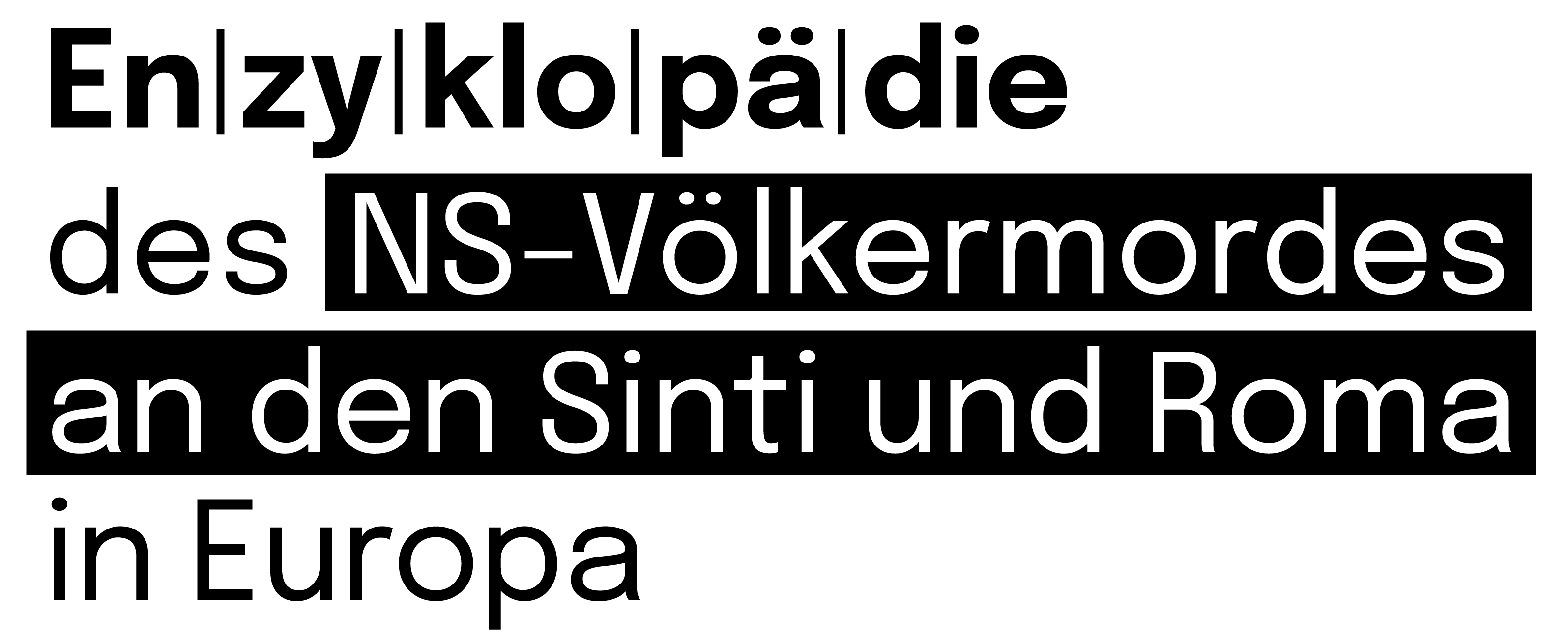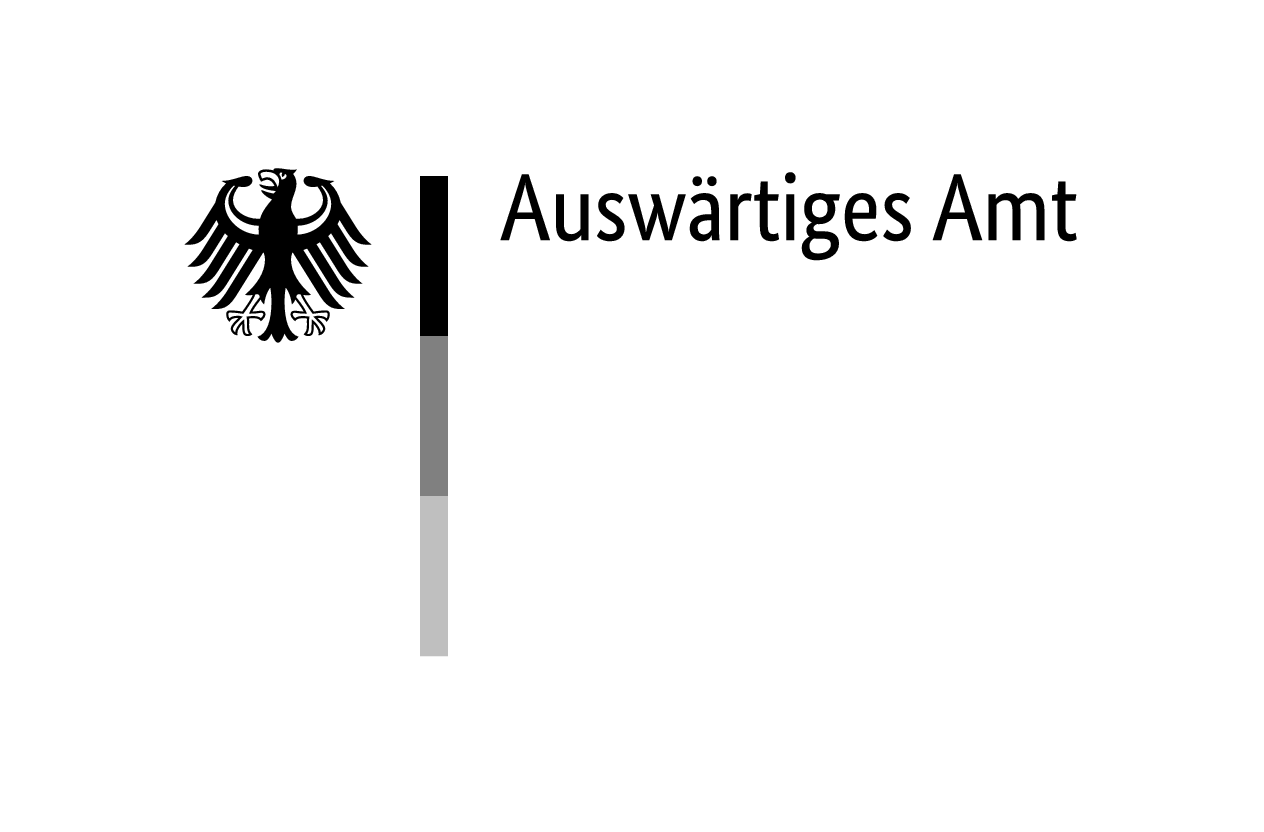Anna Danielová was born on 21 April 1921 in Oslavany, Brno-venkov district, a village in South Moravia, Czechoslovakia, where Roma are known to have lived since the end of the 18th century. During the second half of the 19th century, a Romani settlement was gradually established there, which in the first half of the 20th century was one of the largest and best established Romani communities in Moravia. The parents of Anna Danielová built one of the first brick houses in Oslavany in the 1930s. Father Josef Daniel (1890–1937) worked as a labourer at the local power plant, mother Amálie Danielová (1892–1979) worked in a sugar factory and after her husband‘s death she was a peddler. They saw to the proper education of all their children and allowed the two most gifted to go on to higher education.
Anna Danielová completed primary school and secondary school in Oslavany and then attended the business academy in Brno from 1938 to 1941. She thus became the first known Romani woman in Moravia to have completed high school. Other successful Roma from Oslavany included, for example, Anna Danielová’s brother Antonín Daniel (1913–1996), teacher and activist, Rudolf Daniel (1911–1978), activist and politician, and Rudolf Daniel (1919–1968), graduate of the conservatory in Brno and violin virtuoso.
During German Occupation
The German occupation and the establishment of the Protectorate of Bohemia and Moravia affected the studies and employment of Anna Danielová and her brother Antonín. Anna Danielová had to work at the Davia company in Brno as part of a ‘total commitment’ (German: Totaleinsatz, which involved the forced labour of Czech people during German occupation) and then she was an administrative worker at the land office in Brno. Her older brother Antonín Daniel wanted to study English and French at the University of Brno after high school, but the forced closure of Czech universities in November 1939 made this impossible. As part of his ‘total commitment’, he worked for the war economy in various factories. Only after the war was he able to graduate with a degree in special education from the Education Faculty of the University of Olomouc and make a career as a teacher.
The Nazi genocide affected the majority of the more than 100 inhabitants of the Romani settlement in Oslavany. The deportations to Auschwitz-Birkenau concentration and extermination camp on the basis of the Auschwitz Decree in the spring of 1943 should have affected Anna Danielová, but her mother, Amálie Danielová, was removed from the transport of 7 May 1943 at the last moment, along with her own children (including Anna and her brother Antonín) and those of three relatives. All of them they were saved and survived. According to testimonies, the higher social status of Amálie Danielová and her family probably played a role: She was the widow of a man who had worked for a long time at the power plant, and some of their children were educated.
Civil Rights Movement
After World War II, Anna Danielová worked as a secretary for the regional government in Brno, and later for the municipal administration in Brno. Together with Rudolf Daniel and other Romani activists, she was active in the establishment of the ‘Provisional Regional Committee of Gypsies’ in Brno in June 1950 and participated in efforts to establish a Romani organisation for the whole of Czechoslovakia. This effort was only successful at the end of the 1960s, when together with Antonín Daniel, Tomáš Holomek (1911–1988) and others she founded the Czech Union of Gypsies-Roma, which existed from 1969 to 1973. She was involved in the Union throughout its life and, in particular, took a very significant part in the activities of the Union´s Commission of Former Concentration Camp Prisoners aimed at obtaining compensation for Romani survivors of the Nazi genocide. Anna Danielová died on 24 April 1999 in Oslavany.




